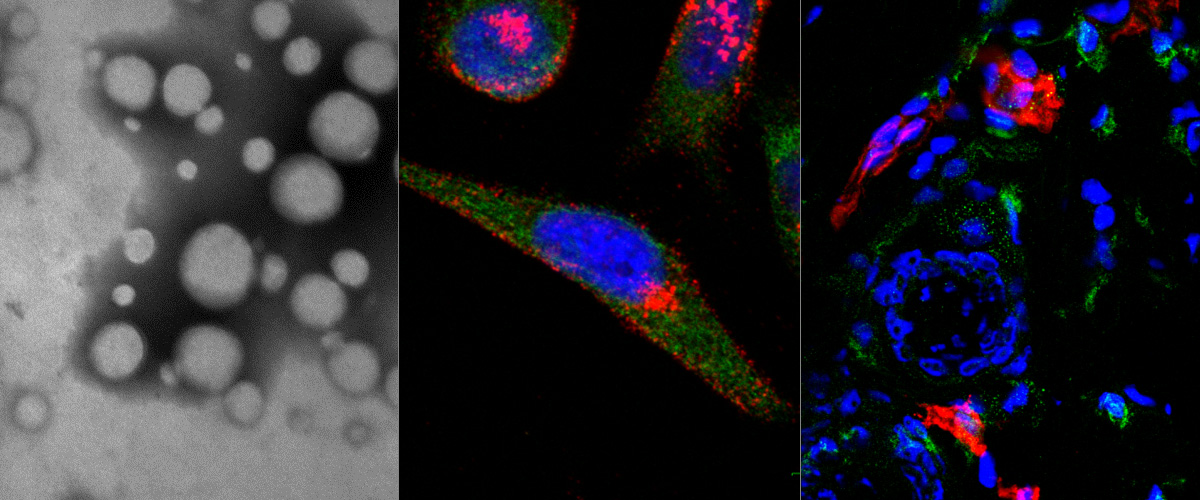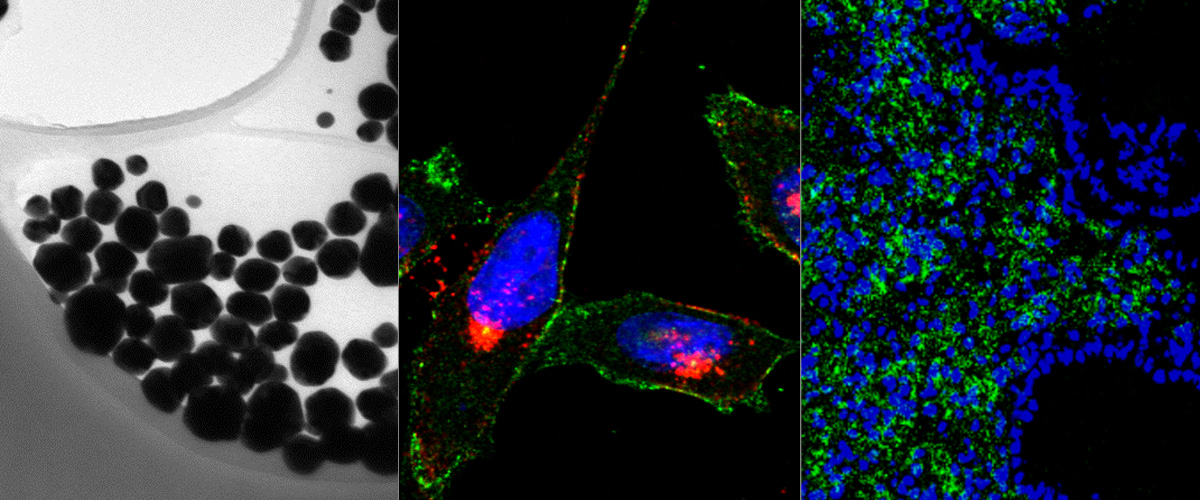http://www.ncbi.nlm.nih.gov/pubmed/26071630
Abstract
Peritoneal carcinomatosis is a major source of morbidity and mortality in patients with advanced abdominal neoplasms. Intraperitoneal chemotherapy (IPC) is an area of intense interest given its efficacy in ovarian cancer. However, IPC suffers from poor drug penetration into peritoneal tumors. As such, extensive cytoreductive surgery is required prior to IPC. Here, we explore the utility of iRGD, a tumor-penetrating peptide, for improved tumor-specific penetration of intraperitoneal compounds and enhanced IPC in mice. Intraperitoneally administered iRGD significantly enhanced penetration of an attached fluorescein into disseminated peritoneal tumor nodules. The penetration was tumor-specific, circulation-independent, and mediated by the neuropilin-binding RXXK tissue-penetration peptide motif of iRGD. Q-iRGD, which fluoresces upon cleavage, including the one that leads to RXXK activation, specifically labeled peritoneal metastases displaying different growth patterns in mice. Importantly, iRGD enhanced intratumoral entry of intraperitoneally co-injected dextran to approximately 300% and doxorubicin to 250%. Intraperitoneal iRGD/doxorubicin combination therapy inhibited the growth of bulky peritoneal tumors and reduced systemic drug toxicity. iRGD delivered attached fluorescein and co-applied nanoparticles deep into fresh human peritoneal metastasis explants. These results indicate that intraperitoneal iRGD co-administration serves as a simple and effective strategy to facilitate tumor detection and improve the therapeutic index of IPC for peritoneal carcinomatosis.




